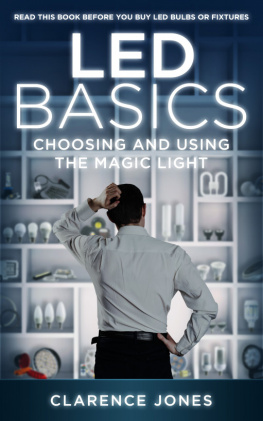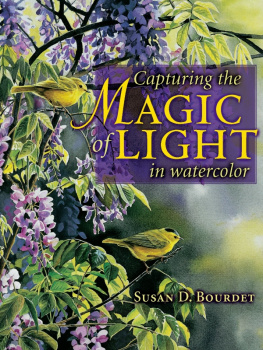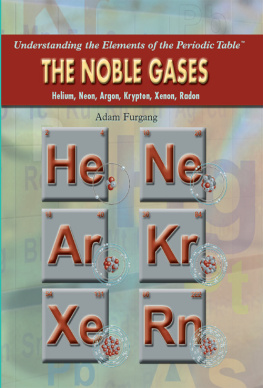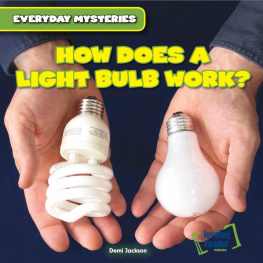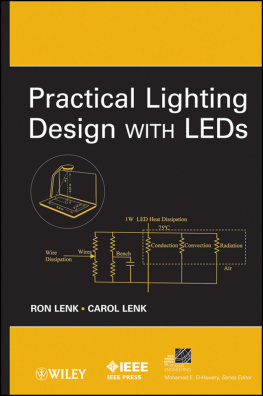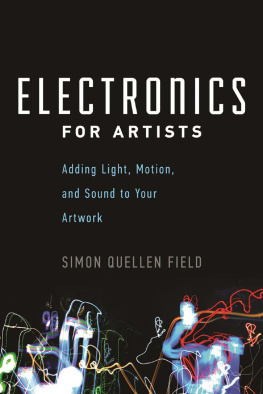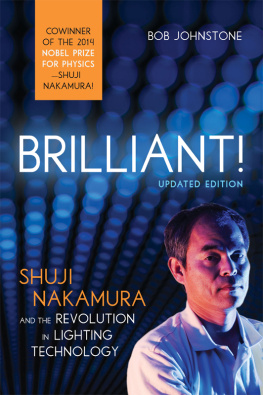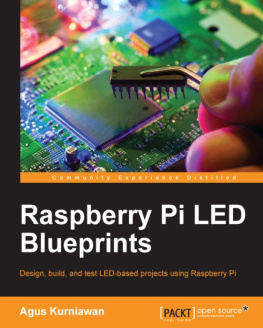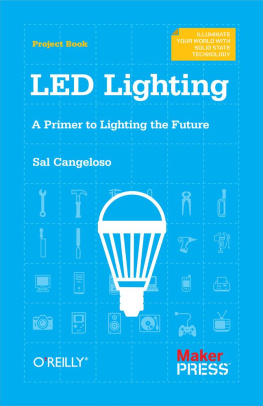LED
BASICS
Choosing & Using
The Magic Light
By
Clarence Jones
First Edition
ISBN:9781370184576
(also available in print)
Copyright 2018 by Clarence Jones. All rightsreserved, including the right to reproduce this book, or anyportion thereof, in any form, without written permission from theauthor. Registered trademarks carry the symbol on first use inthis book. On subsequent use, the trademark symbol is assumed.
Table ofContents
Foreword
LEDs are an astounding new invention that willsoon replace almost all other light sources on the planet.
Because theyre unlike the light bulbs youveknown, choosing and using them successfully requires a new set ofskills and knowledge.
Why are LEDs So Popular?
They can provide the same amount of light as otherbulbs and use a lot less electricity
LED bulbs are not hot, saving on air conditioningcosts (voltage converters in the LED bulbs circuit board may beslightly warm)
They last 20 times longer than incandescents
Many will never have to be replaced
They come in a wide variety of colors, shapes andsizes to fit existing fixtures
No other tiny device can be so bright
Turning on and off doesnt shorten their life
They dont hum, flutter, or cause radiointerference
They turn on instantly at full brightness
They contain no mercury
New uses for LEDs are inspiring clever newfixtures designed just for LEDs
Light-Emitting Diode
LED is an acronym for Light-Emitting Diode. LEDsare small electronic devices, square, rectangular or circular, andusually about the size of a grain of rice.
Inside the diode are some very sophisticated,miniaturized electronics.
Natural light from the sun comes from thehottest source we know. Light created by humans (torches, candles,lanterns and lamps) until recently had always been a side effect ofburning something.
Edison Experiments Failed 3,000 Times
And then Thomas Edison in 1879 created thefirst commercially successful light bulb. The idea was not new others had been working on it for a long time.
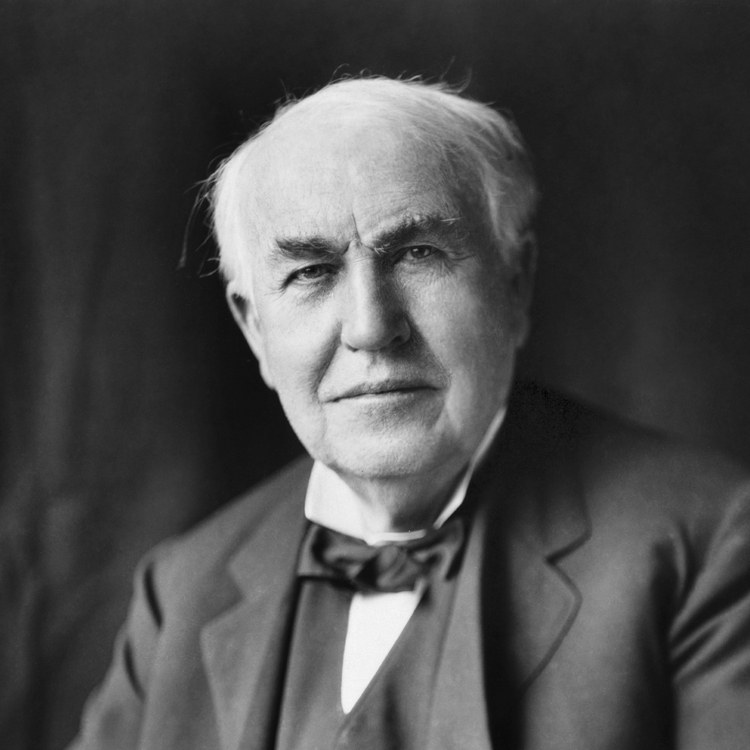
But after 3,000 experiments that failed, Edisonfinally succeeded. He patented his invention in 1880. Theincandescent bulb was the first artificial light that didnt needfire. But it still required heat.
A Container With No Air
Edisons secret for success was a filament ofcarbon inside a glass bulb with no air in it. The filament washeated by an electrical current until it glowed. The vacuum in thebulb prevented it from burning.
Extending the Bulbs Life
Even so, we still talk about light bulbsburning. The most perplexing problem for Edison and otherinventors had been finding a way to extend the filaments life.Removing all the air in the container solved it.
Edison and other scientists also toyed withvarious ways to create light in gas-filled tubes, but the newincandescent bulbs were so successful the fluorescent tubeexperiments were shoved aside.
The popularity of the light bulb also sped theconstruction of electric transmission systems all over theworld.
Building Power Transmission Systems
Without electricity, the bulb was useless, andcould not replace lamps and candles in homes.
Before the new transmission systems were built,small generating plants were constructed outside factories toprovide electricity for the machines inside.
Light bulb sales created an enormous flow ofcash for the companies that produced and sold them. Edison and someof the companies that had financed his experiments formed acorporation in 1892 that would become todays General ElectricCorp.
Stifling Fluorescents
GE aggressively acquired and locked up everypatent it could find that might have helped fluorescents go intoproduction and compete with incandescent bulbs.
Eventually, since GE by then held most of thepatents, the company began manufacturing fluorescent tubes primarily to provide cheaper lighting for World War IIfactories.
Fluorescent and Neon Lights
Fluorescent tubes and similar neon lights werethe first form of commercially successful lighting that was not theresult of heat.
Their light was created by an electric arcflashing through an enclosed tube of mercury vapor.
Much More Efficient
Fluorescents were much more efficient thanincandescents. They needed a lot less electricity to produce thesame amount of light. So they became the standard form of lightingin offices and factories.
Fluorescents have major disadvantages. The tubesare filled with toxic mercury vapor. The electric arc inside cansometimes create rapidly pulsing light that can cause headaches andnausea.
But all that was overlooked because of the moneythey saved.
The LED Phenomenon Ignored
The phenomenon that creates LED light hadactually been noticed at the start of the 20th centuryby Henry J. Round (below), an assistant to Guglielmo Marconi, the inventor of theradio.

Round Failed to Realize Their Potential
In an article Round published in 1907, he notedas an aside that his experiments in developing cat whiskers forradio detectors sometimes produced small amounts of light.
The phenomenon occurred when electricity wasrouted between certain types of crystals, he wrote. But Round didnot realize their potential and failed to pursue the strangeglimmers of light.
Primitive LEDs
In the late 1920s, a brilliant, self-taughtRussian inventor named Oleg Losev (below) published a number ofarticles in Russia, Germany and Great Britain about his work ondevices that were essentially primitive LEDs.
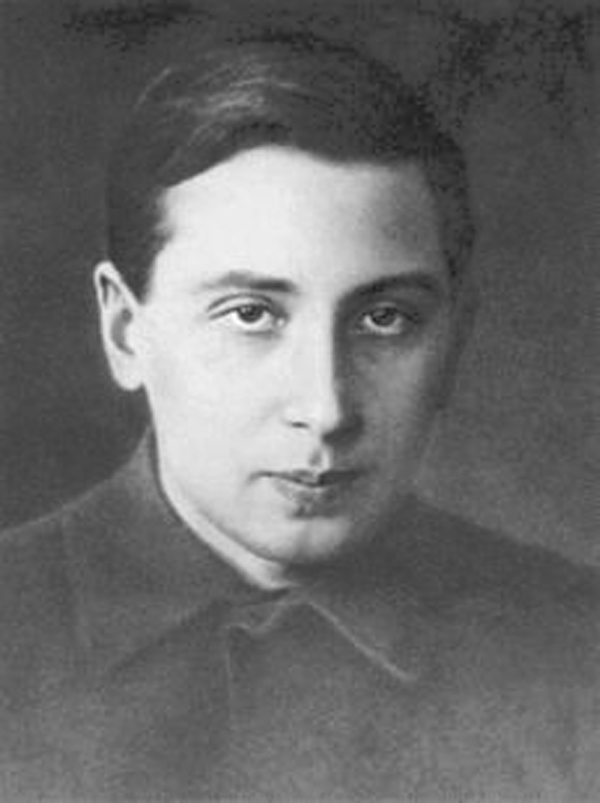
He wrote Albert Einstein, asking if he would beinterested in collaborating with him to develop the devices. ButEinstein did not reply, perhaps because Losev had no standing as ascientist.
Losev died of starvation during the German siegeof Leningrad in World War II.
GE Scores Again
It was research at GE that perfected a trulyrevolutionary technique to provide artificial light. LEDs thatproduced visible light were patented by GE in 1962.

Dr Nick Holonyak Jr., an engineer at GE (above)was their creator. It was such a stunning accomplishment otherengineers at GE called LEDs the magic thing.
The first LEDs were tiny, and could onlyproduce red light. Their most common use was a glowing dot to tellyou an electronic device was plugged in or turned on.
Twenty Years Before Other Colors
It took another 20 years for inventors toproduce LEDS spanning all the colors of visible light. The nextmajor hurdle was figuring out how to make them brighter.
The brightness issue has been resolved now. LEDscan even be used as automobile headlights.
Prices Drop for Electronics
And like everything electronic, LED prices keepdropping as more are produced and companies compete. I remember thefirst time I borrowed a hand-held calculator. It was 1971, and Ihad to promise I would be very careful with it. It had cost$500.

